 |
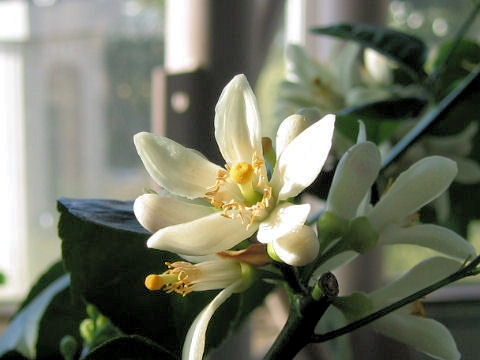

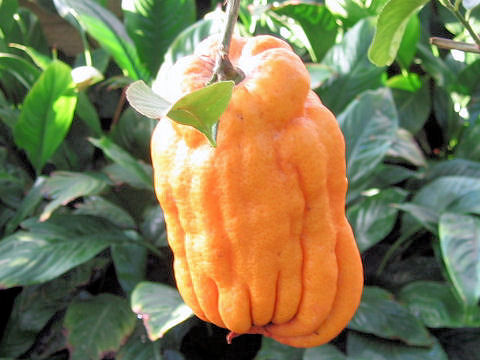

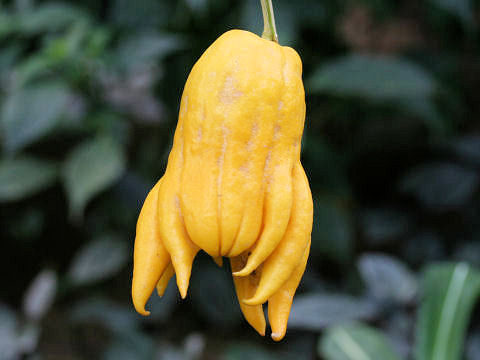

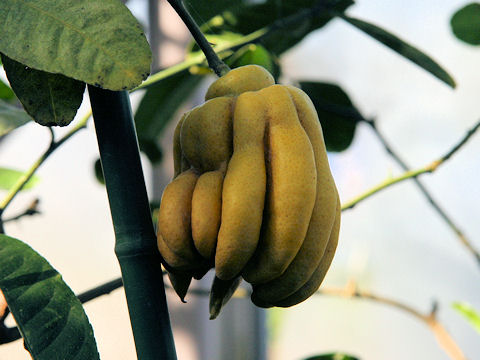

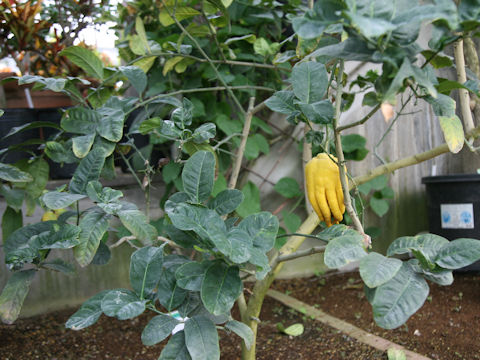

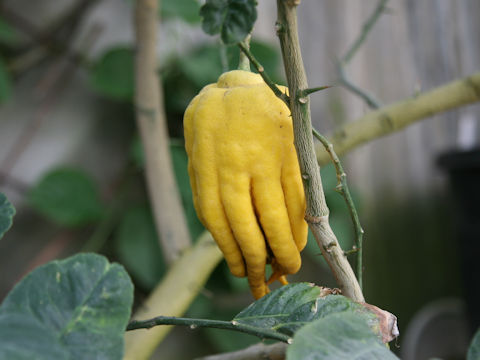

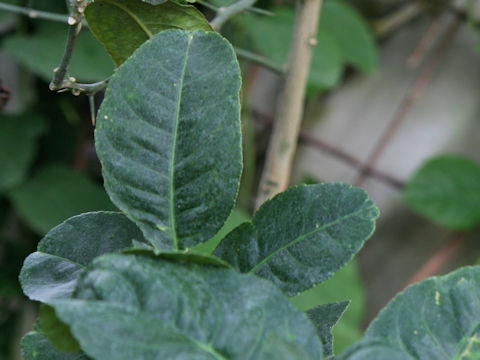

|

|
Ch´YÌMÑÊ÷uVgiCitrus medicajvÌÏíÅ·B³ÍR`T[gÉÈèAtãüÉÍZ¢ª èÜ·BêNðʵÄAWFðÑѽFÌÔð穹ܷBÊÀÍ[óÉÈèA¶µÄ¢é§lÌèÌæ¤É©¦Ü·BÅÍ¿ûòƵÄAܽ»ÏÉàp³êÜ·B
|

|
~JÈ~J®ÌíÎáØÅAw¼Í Citrus medica var. sarcodactylisBp¼Í Buddha's hand citronB
|

|
The Buddha's hand citron (Citrus medica var. sarcodactylis) belongs to Ructaceae (the Citrus family). It is a small evergreen tree that is a variety of Citrus media (native to India). This tree can reach 3-5 m in height and bears short spines on the leaf-axiles. The pale purple tinged white flowers appear all year round. The fruit forms bunch and looks like joining Buddha's hands in prayer. They are used for herbal medicine or candied fruit in China.
|

|
[ãEP] ¤m§¼Ã®sçRæuJRt[cp[NvÉÄA2005N0226úBeB
[R] ¯ãÉÄA2007N1206úBeB
[Q] s{F¡suF¡sA¨övÉÄA2006N0112úBeB
[S`TEº] ïé§
Ësu
ËsA¨övÉÄA2024N1130úBeB
|








